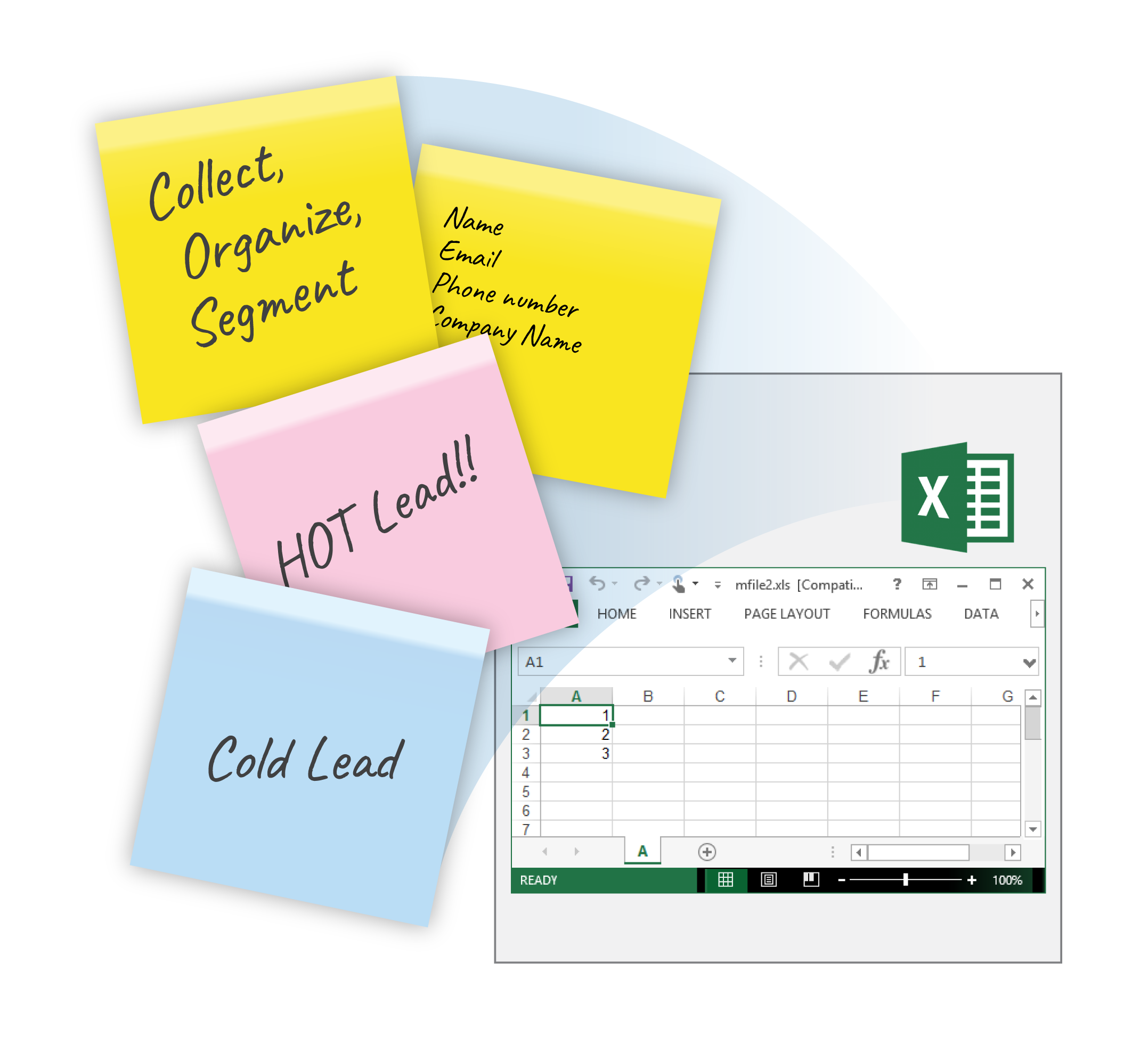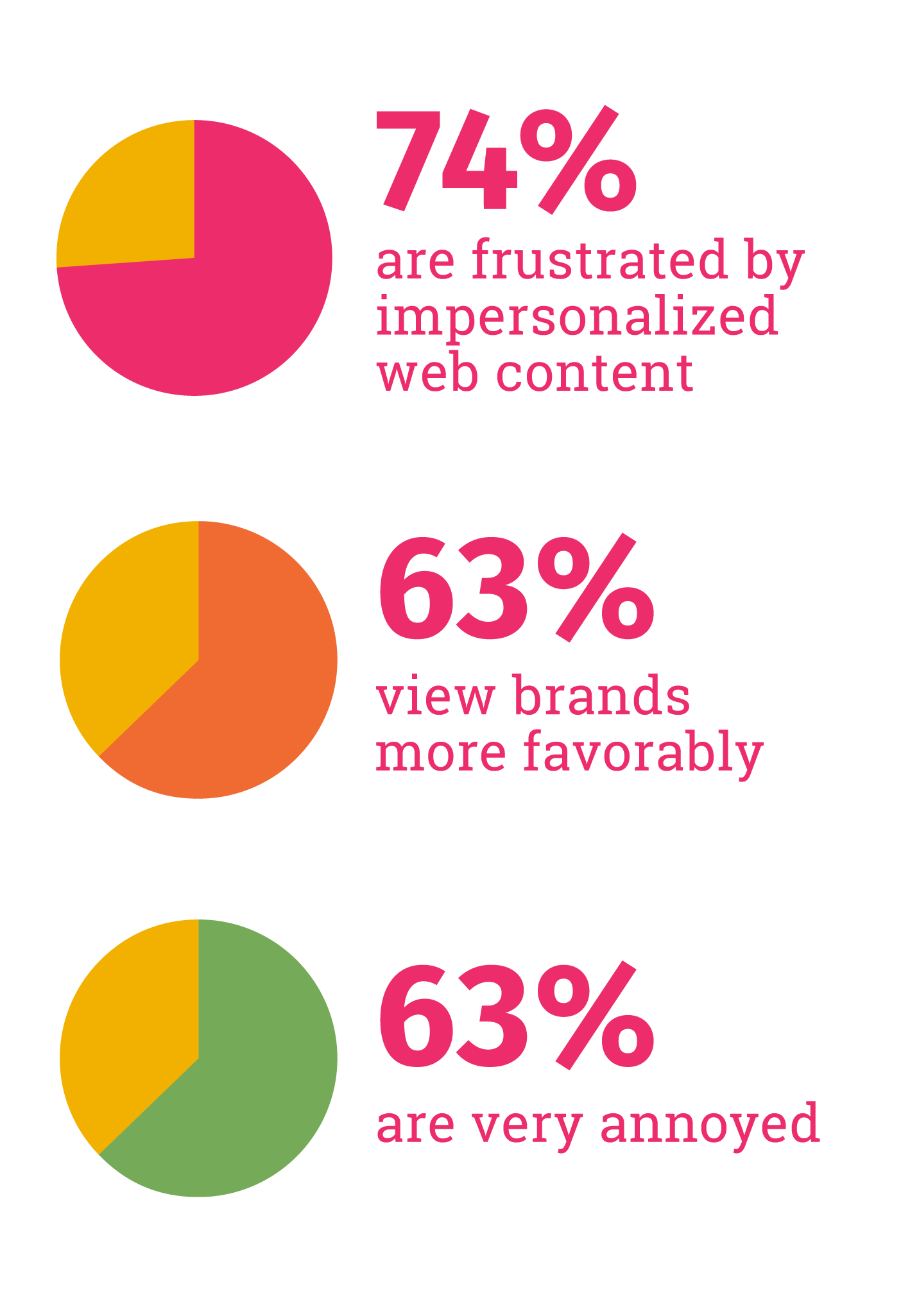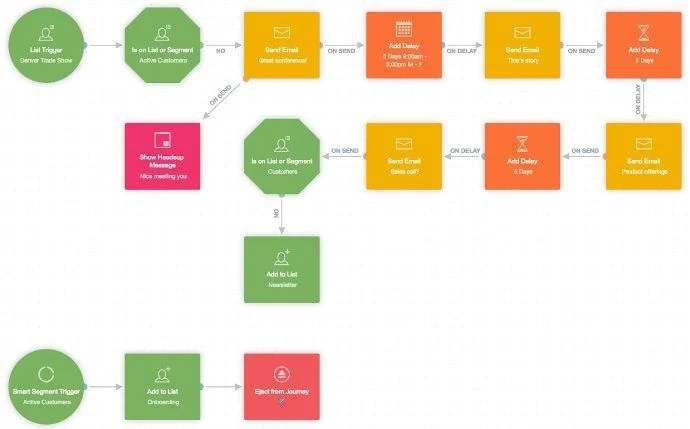Trade Show Follow-Up: How to Use Your Content for Engagement and Lead Nurturing
Trade shows can have a massive impact on your business, when you do it right. You can find yourself swimming in a sea of people who are interested and in need of your offering — from potential investors to partners to customers.
However, after the excitement settles and the business cards stack up, many brands follow one of two major paths that unfortunately, lead to wasted money and missed opportunities: (1) they either don't have a follow-up plan in place and fail to follow up on leads, or (2) they treat their lead list as a cold call list and assume everyone is ready to buy immediately.
This comes at no small cost. Many healthcare brands spend tens to hundreds of thousands of dollars to secure travel arrangements, a booth, advertisements, conference rooms, sponsorship, stage time, etc.
So how can you make the most of your efforts once the show is over?
Get strategic and be intentional. Invest some time and resources into a strong follow-up strategy, including segmenting your leads, engaging them with personalized content, and incrementally nurturing their relationship with your brand until they’re ready to buy, buy-in, or opt-out.
Collect, Organize, Segment
First thing’s first: round up all of those business cards, hastily-scribbled post-its, emails, and digital signups like landing page opt-ins and badge scans. Compile all of their contact information into a single source, like listing them in an Excel spreadsheet or uploading them into your marketing automation database (more on that shortly).
Make sure to include the basics, like name, email, phone, company name, website URL, and job title. Consider going more in-depth, like adding their address or any interesting or relevant notes from your discussion with them.
Next, segment each lead based on their interest in your solution and how likely they are to convert into a customer. You can go the basic route with a “hot or cold lead” approach, or you can divide them into more specific groups, like their industry, location, where they are in your buyer’s journey, or what you know about their current involvement with similar brands or competitors.
Personalize Your Strategy for Each Lead
As a rule of thumb, each lead should be “assigned” to a member of your team. This means that hot leads can go straight to your sales team. Lukewarm and cold leads can go to members of your marketing team to be integrated into your lead nurturing program.
This way, no lead gets left behind.
Create personalized, targeted plans for each group. Statistics show time and time again that customers are turned off by generic marketing. For example:
74 percent of customers are frustrated by impersonalized web content
63 percent view brands more favorably when they provide interesting, relevant, and valuable content
63 percent are very annoyed by brands that rely on outdated and generic “spray and pray” advertising tactics
For example, take a look at this follow-up journey from Autopilot. It takes anyone in the “Denver Trade Show” list who aren’t active customers, sending them four emails total, one every five days:
“Great to meet you” to bring your brand back to their top-of-mind
Customer case study email to illustrate your product and its value
Product offerings email to show your product offering (don’t be salesy, though)
An invitation to have a sales call
Marketing automation software takes out the guesswork and ensures that your lead nurturing workflow is timely, precise, and reliable.
Never Stop Developing Killer Content
To keep your leads engaged while optimally nurturing those relationships, you’ll have to cater to a customer’s need for interesting, relevant, and valuable content. Ideally, you’re tracking the behavior of your leads, website visitors, and customers to see the topics and features of your offering that they’re most interested in.
Perhaps you’re even conducting surveys to get their opinion first-hand. Once you’re aware of their interests and behaviors, you can create all kinds of content to answer their questions and stoke the fires of their interest.
For example, are leads unsure of how your technology works? Create a demo video or visual guide to show them.
Are they skeptical of the research supporting your innovation? Create a research-backed white paper that addresses the state of the industry and how it relates to your product.
Are they interested in industry updates? Create a blog or podcast series that rounds up the most important stories and makes the news digestible and easy-to-follow.
Generally speaking, it’s a good idea to send your leads some form of communication every two-to-four weeks, so you can keep them warm and interested. When you have a new piece of content that aligns with their interests, include it in your lead nurturing workflow by sending them an email with the link. You may even want to consider weaving in personalized video communications in your sales process and workflows.
Make the Most of Your Trade Show Opportunities
Don’t let your valuable contacts and leads slip through the cracks. Plan to invest as much thought and effort in your trade show follow as you do in planning and attending. When you have a cohesive, thoughtful, and targeted trade show follow-up strategy, you’ll be able to build strong relationships and secure more customers, investors, and champions of your product, service, or business model.
If you’re unsure of where to start or you’re looking to work with a lead nurturing expert, contact us for a free consultation to identify your most valuable opportunities and create a winning sales and marketing process.





